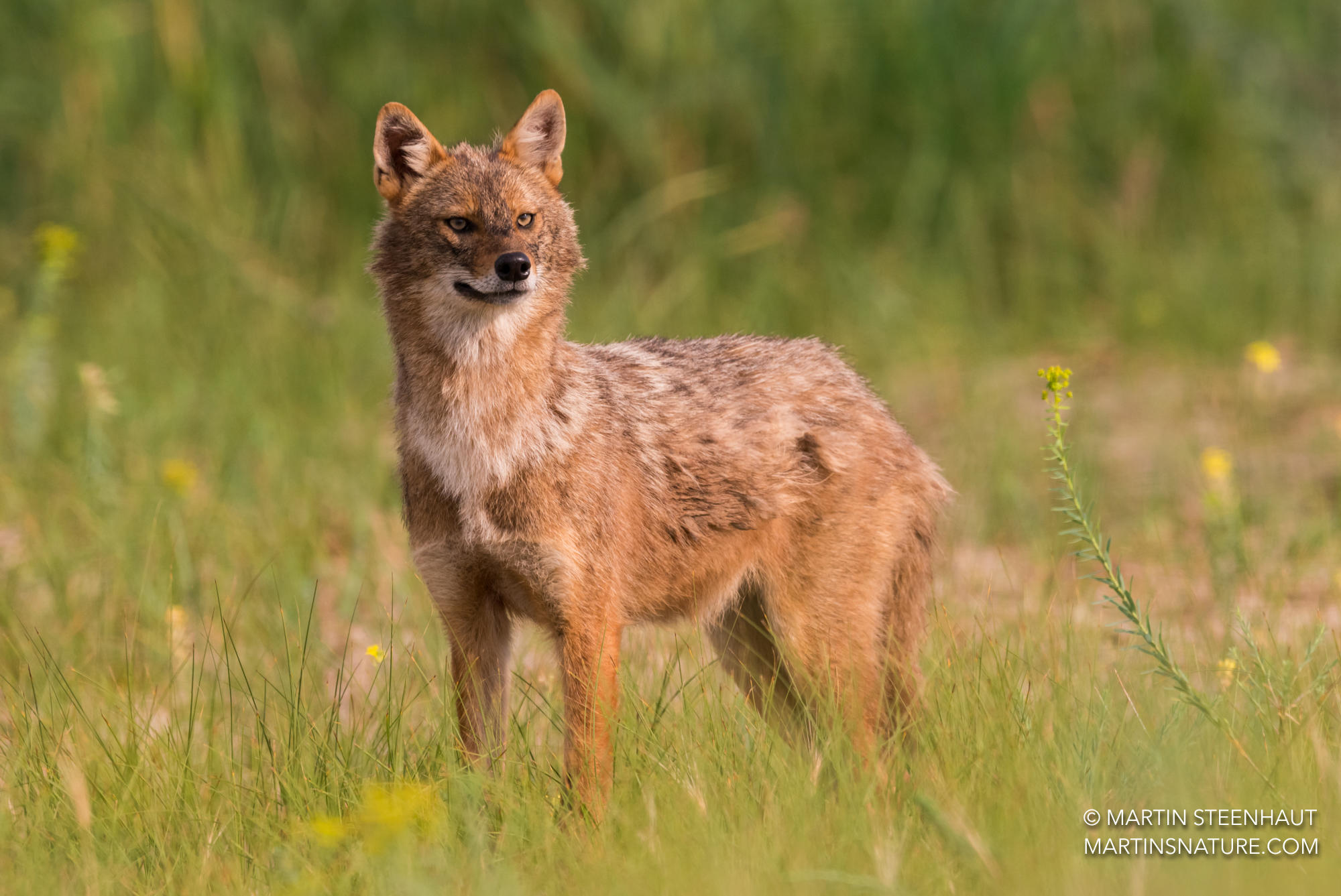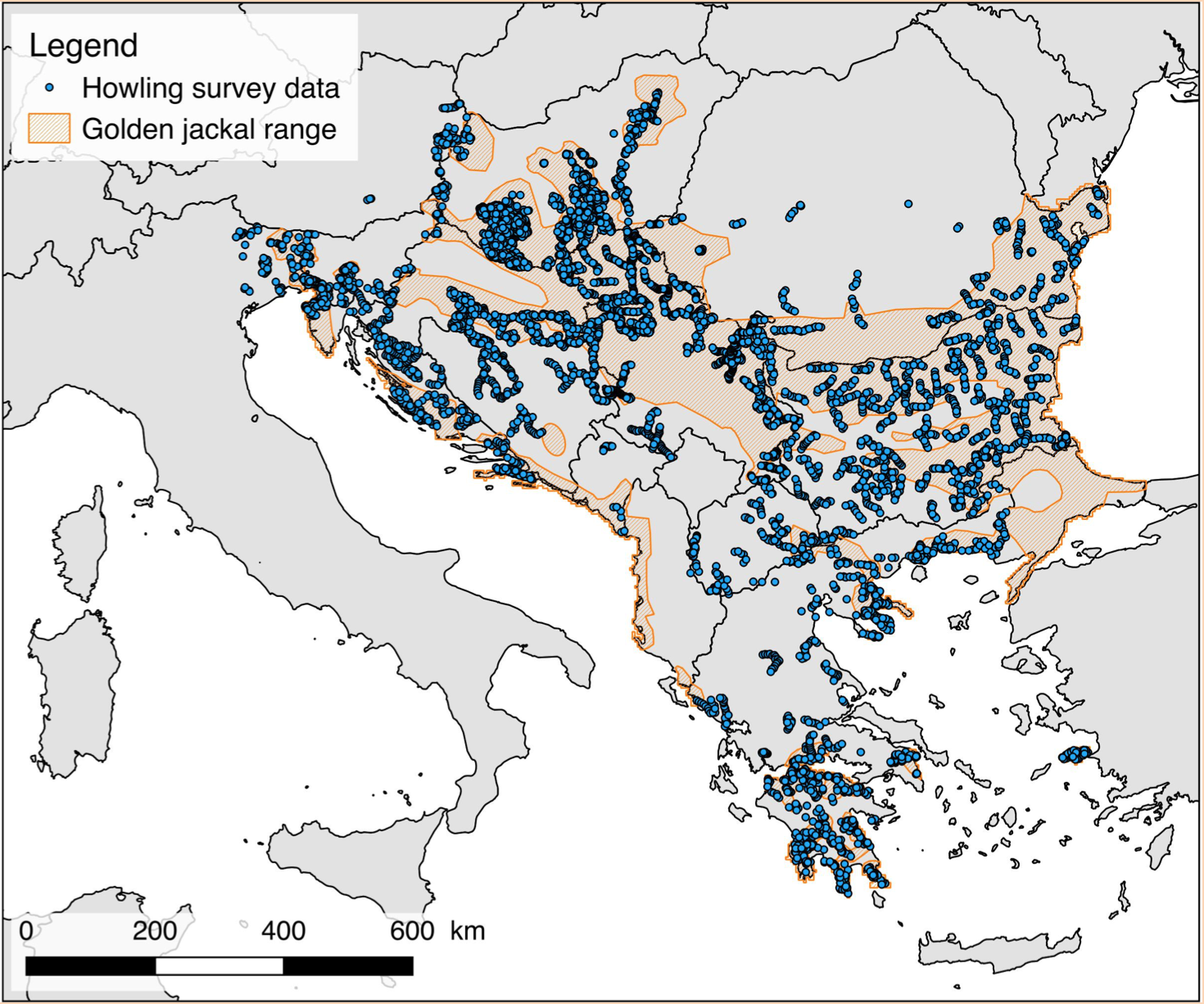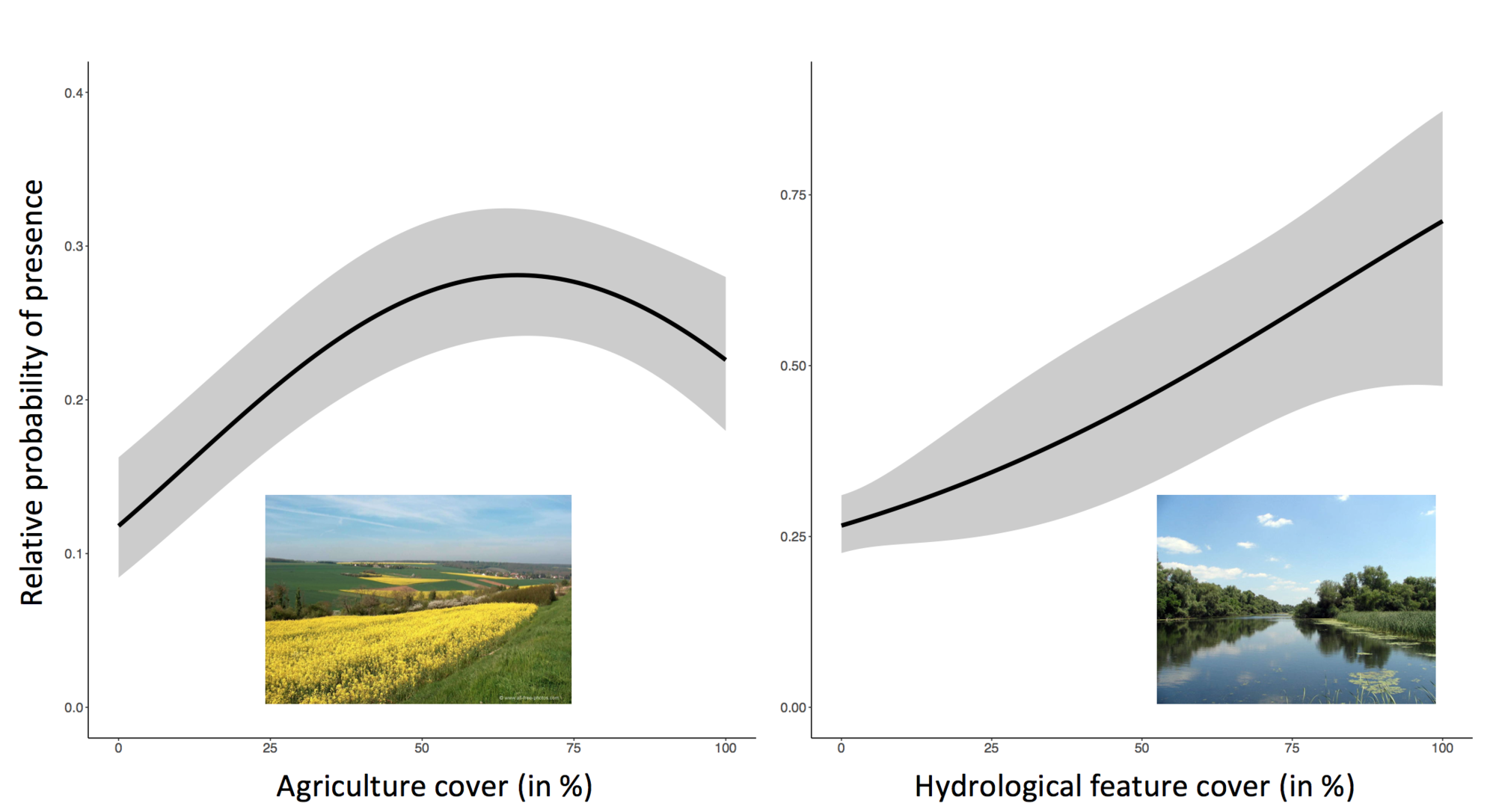Nathan Ranc
The golden jackal’s Canis aureus range in Europe is expanding rapidly and populations are increasing. Historically restricted to the Mediterranean and Black sea coastal regions, jackals are now reproducing in most of Southeastern European and some Central European countries. Dispersing animals have been observed further to the North and West (e.g., Denmark, Germany, Poland, Switzerland, The Netherlands). Current population trends suggest that population expansion is far from complete.
However, golden jackals are expanding naturally and thus, cannot be considered alien nor invasive species in Europe. Understanding the species expansion patterns and causes are of prime interests to ecologists. Although a multitude of factors may have affected the magnitude and development of the species expansion, most evidence suggests that the persecution of the grey wolf Canis lupus in the previous centuries may have been the trigger. The irruption of smaller predators following the extirpation of larger carnivores (i.e., mesopredator-release) may, in turn, have profound impacts on existing animal communities, as reported in North America for an analogous wolf-coyote system. From an applied perspective, the presence of this new carnivore has been found to be a source of ecosystem services (scavenging of carcass remains) and is already receiving high interest among policy makers and the general public. The present project aims to address the following questions:
- What are the environmental requirements of the golden jackal? In which habitat do golden jackal groups establish?
- Which areas beyond the current species range may be suitable for the species to establish in the future?
- How do young golden jackals disperse from their natal group to new areas?
- What are the strengths and limitations of bioacoustics surveys of golden jackal populations?



